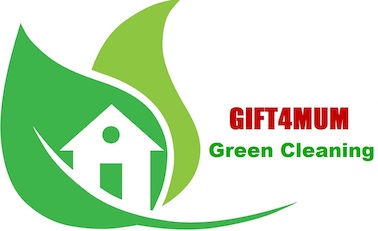We conducted post-construction cleaning for trial in 20 houses in Canberra where home renovation and remodelling (R&R) activities were undertaken. Two cleaning protocols by best house cleaners in Canberra have used in the study: a specific method recommended by the US Department of Housing and Urban Development (HUD), in the 1995 “Guidelines for the Evaluation and Control of Lead-Based Paint Hazards in Housing,” using a high-efficiency particulate air (HEPA)-filtered vacuum cleaner and a tri-sodium phosphate solution (TSP); and an alternative method using a household vacuum cleaner and a household detergent. Eligible homes were built before the 1970s with potential lead-based paint and had recent R&R activities without thorough cleaning.

The two cleaning protocols were randomly assigned to the participants’ homes and followed the HUD-recommended three-step procedure: vacuuming, wet washing, and repeat vacuuming. Wipe sampling was conducted on floor surfaces or windowsills before and after cleaning to evaluate the efficacy. All floor and windowsill data indicated that both methods (TSP/HEPA and non-TSP/non-HEPA) were effective in reducing lead loading on the surfaces (P < 0.001). When the cleaning was applied to surfaces with initial lead loading above the clearance standards, the reductions were even greater, above 95% for either cleaning method. The mixed-effect model analysis showed no significant difference between the two methods. Baseline lead loading was found to be associated with lead loading reduction significantly on floors (P < 0.001) and marginally on windowsills (P = 0.077). Such relations were different between the two cleaning methods significantly on floors (P < 0.001) and marginally on windowsills (P = 0.066), with the TSP/HEPA method being favoured for higher baseline levels and the non-TSP/non-HEPA method for lower baseline levels. For the 10 homes with lead abatement, almost all post-cleaning lead loadings were below the standards using either cleaning method. Based on our results, we recommend that contractors or homeowners can use a household vacuum cleaner and an environmentally friendly cleaner to clean lead-contaminated environments after R&R activities when HUD-recommended equipment is not available.

